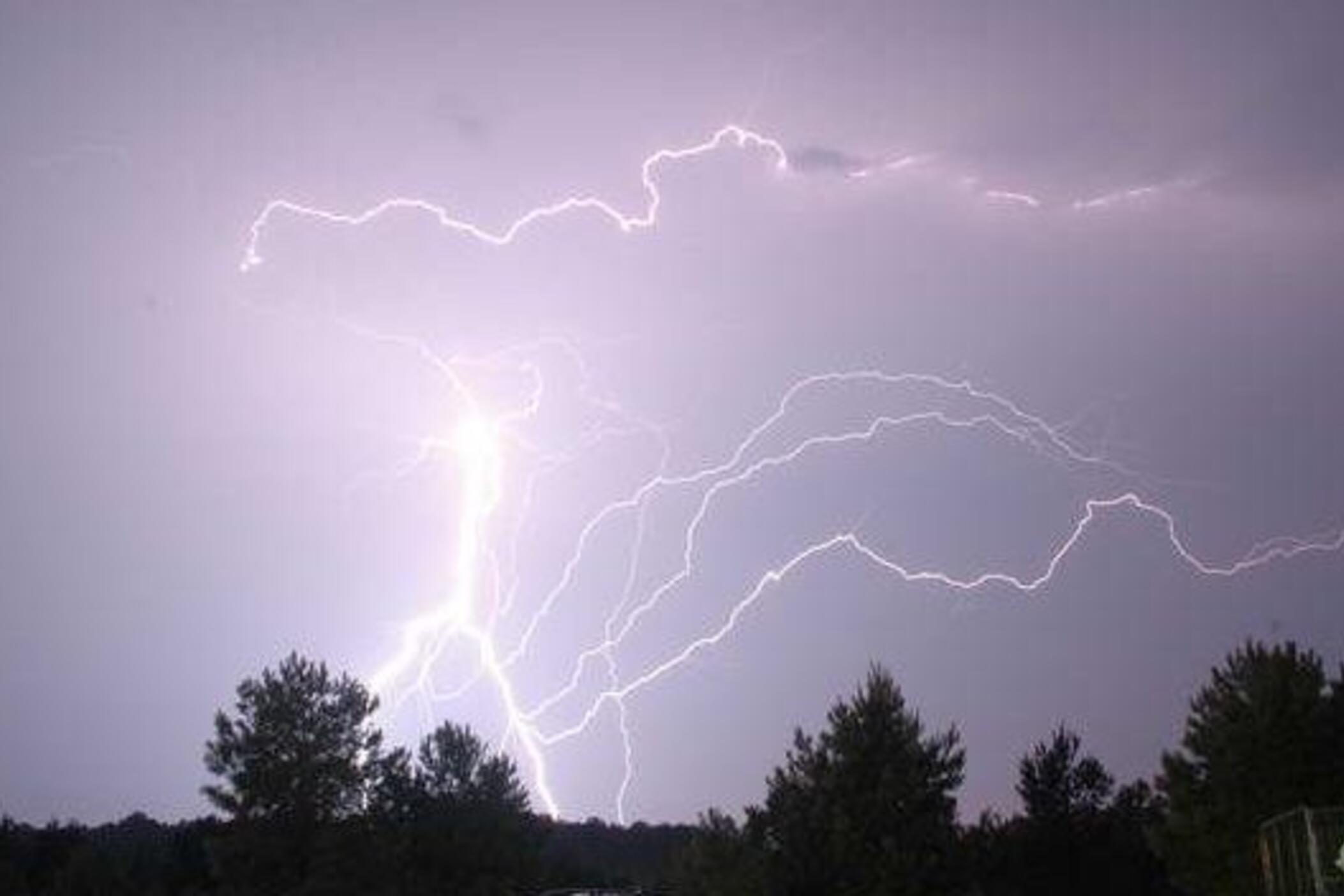Section Branding
Header Content
It's National Lightning Awareness Week. Here's how you can stay safe during severe storms
Primary Content
According to the National Weather Service, lightning is one of the leading causes of weather deaths in the United States.
In April, a father and son in Columbus were killed by a falling tree when lightning struck it on a golf course.
Contrary to popular belief, direct strikes from lightning only make up around five percent of all injuries. You're more likely to be injured by the indirect impacts of lightning, whether that be through an electric current or other environmental dangers.
Chris Vagasky is a meteorologist and member of the National Lightning Safety council, each year the council holds National Lightning Awareness Week in order to educate the public.
"The simple rule of lightning safety is there is no safe place outside during a thunder storm," he says. "People like to talk about the 'lightning crouch', which is crouching down into a little ball, but that hasn't been recommended for 17 years because it doesn't really protect you. It takes you from six feet to three feet tall, so the size of a child, and we're not sending children out to go play in the storm."
He emphasizes there's no substitute for substantial shelter, but if you're stuck outside, the next best place is a fully enclosed car.
He says education on safety has led to a decline in fatalities as part of their two-decade effort.


